How To Make Your Home Wheelchair Accessible
THIS POST MAY CONTAIN AFFILIATE LINKS. PLEASE SEE OUR FULL DISCLOSURE POLICY FOR DETAILS.
Learn how to make your home wheelchair accessible, including an info-graphic outlining the necessary steps to prepare every room in the house.
Have you ever considered what it would be like to move around your home if you needed to use a wheelchair? Kristen Geil is here today sharing great preparation tips for how to make your home wheelchair accessible before the need ever arises.
Image credit: HomeAccessProducts.com
Chances are that right now, you’re able to move around your home quickly and easily — but it may not always be that way. Eventually, you may find yourself in need of a mobility device, and if that happens, your once-accessible home may be trickier to navigate. For example, 40.2% of mobility device users report having difficulty entering or leaving the home, while 35.5% of wheelchair users have difficulty using the bathroom.
Instead of waiting until you have to make your home wheelchair accessible, plan ahead so that you’re prepared in case that happens. Here’s a room-by-room overview of making your home wheelchair accessible:
Bedroom:
Install an overhang lift or manual trapeze to get in and out of bed safely.
Bathroom:
Install a bathtub lift and a commode lift. Also, install grab bars next to the toilet and the bathtub/shower.
Stairs:
Install a stair lift to move safely between floors.
Porch/yard:
Install an outdoor stair lift off a portable ramp to access your home’s entry.
Kitchen:
Make sure that your counters and cabinets are within arms’ reach from a wheelchair, and keep at least 27” of free space between the floor and the table underside. Also, leave 30” x 48” of floor space at each seat.
Garage:
A two-car garage is ideal for moving comfortably between your vehicle and your home’s entry.
In general, you can improve your home’s accessibility by clearing pathways, lighting your home, and installing phones and alert systems. Your home’s pathways should be wide enough to accommodate various mobility devices; this is usually 36” wide for hallways, 32” wide for doorways, and 36” in all directions for a 180 degree turn. Keep your home well-lit throughout every room and hallway, and ensure that the light controls are easy to access and use. Finally, have several phones and alert systems throughout your home so that you can get quick help in case of an emergency; it’s especially important to keep a phone by your bed and in the bathroom.
Being prepared for wheelchair accessibility will make your life that much easier should you ever need to use a wheelchair. Get started today with improving your home’s accessibility, and you’ll thank yourself in the future.
Image credit: HomeAccessProducts.com
Love the ideas you see here on Ideas for the Home by Kenarry®? Subscribe today to get our weekly Ideas in Your Inbox newsletter plus other exclusive gifts and offers — all for FREE!
what’s next?
While you’re here, be sure to check out other DIY projects on Ideas for the Home by Kenarry® –
- 22 Insanely Creative DIY Home Organization Hacks
- Homemade Antibacterial Cleaner with Just 3 Ingredients
- Board and Batten Shutters: An Easy DIY Tutorial
———-
Kristen Geil is a Digital Content Writer/Blogger at Digital Third Coast, a Chicago SEO firm.

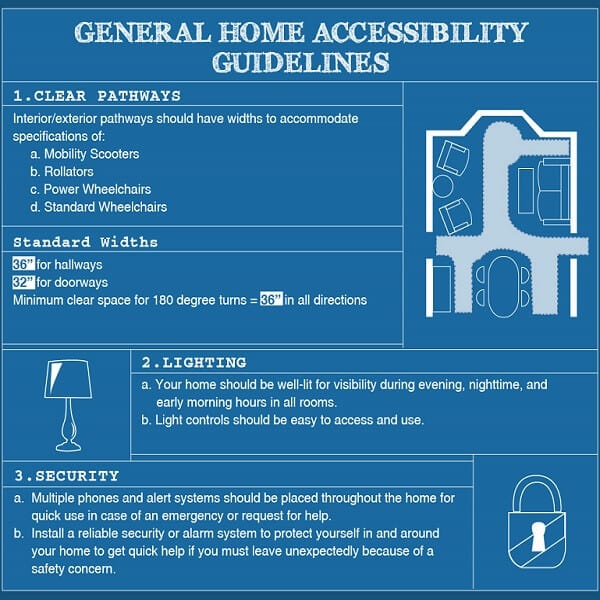


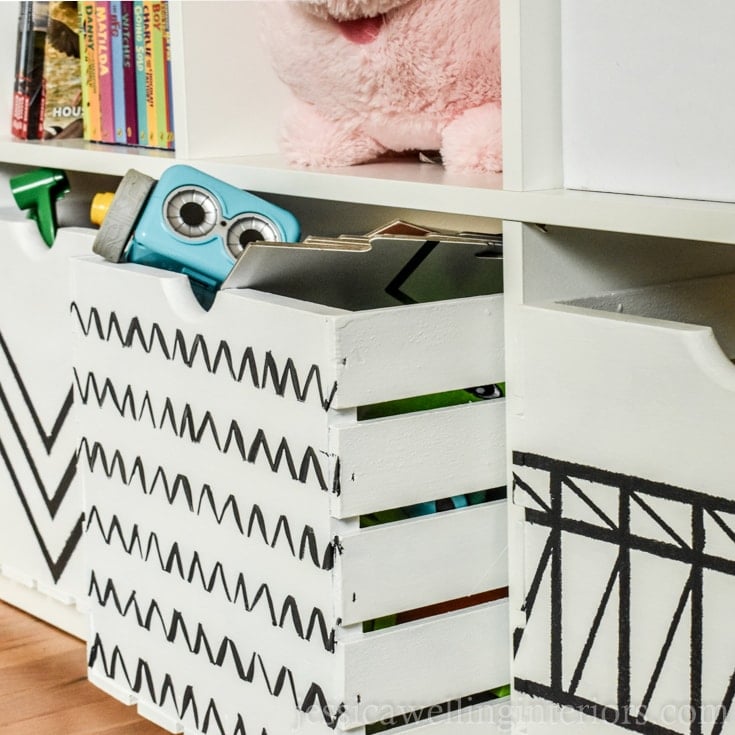
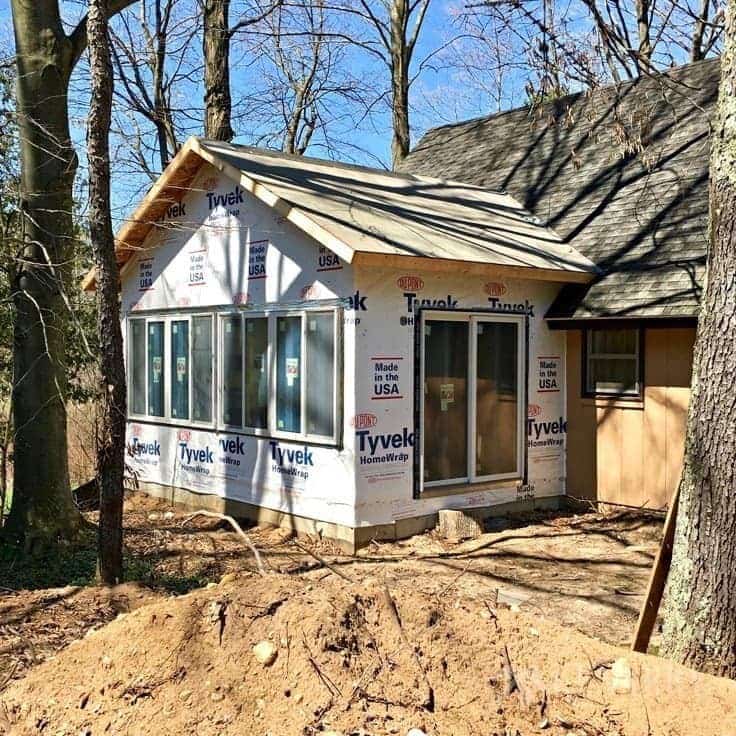
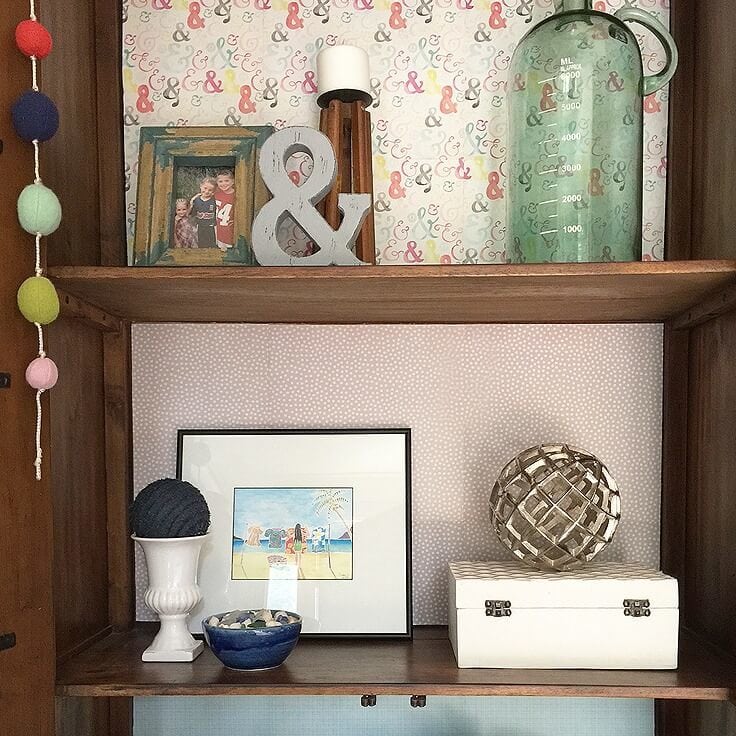
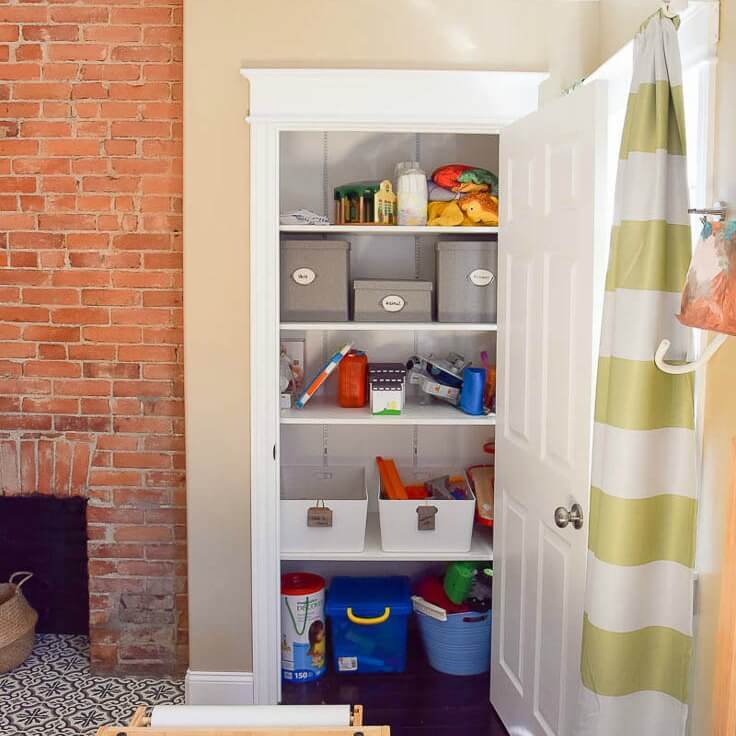
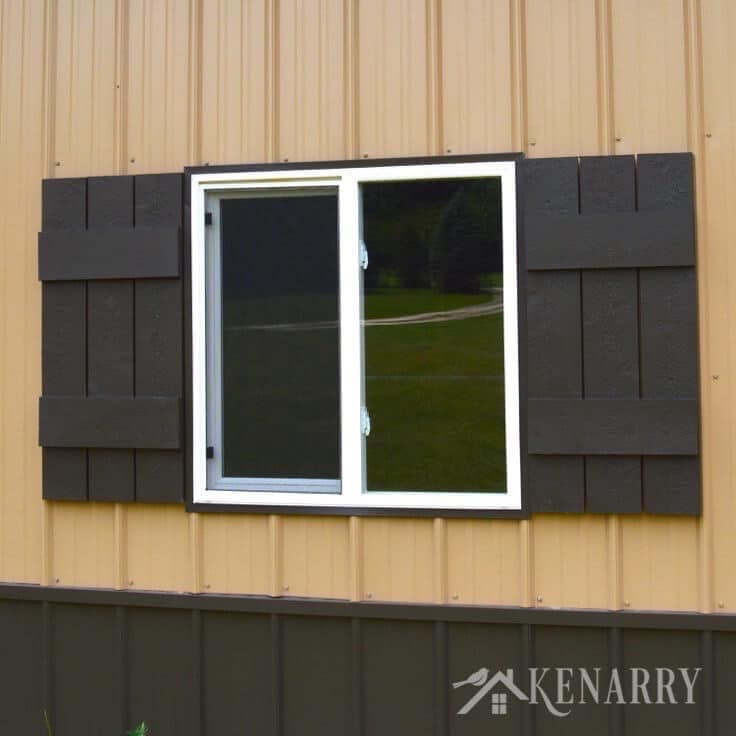
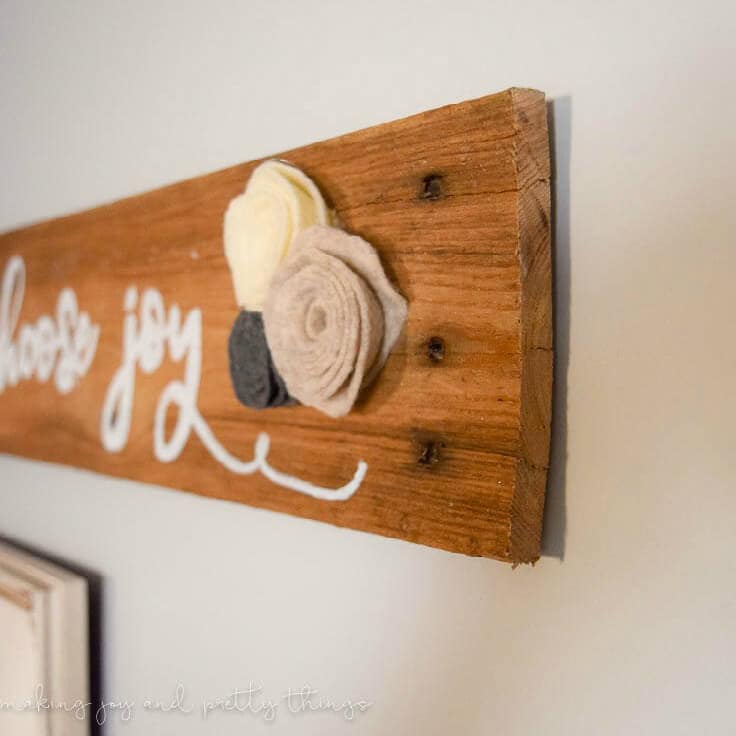
Test comment five
Thank you so much for your delightful comment, Kent!
My mother is in a wheelchair, and it has been difficult for her. She has been using this for a while, but these little transitions are becoming more difficult for her. Even so, she is still a fiercely independent woman and won’t allow any outside help. I think that installing these simple machines where a transitions might be necessary would help her to manage everything better. I will definitely be trying out a manual trapeze in her bedroom!
Natalie, I’m glad these tips could give you a few ideas that might make life a little easier for your mom.